Islam and Plant Medicine: Mind-Expanding Plants In Islamic History
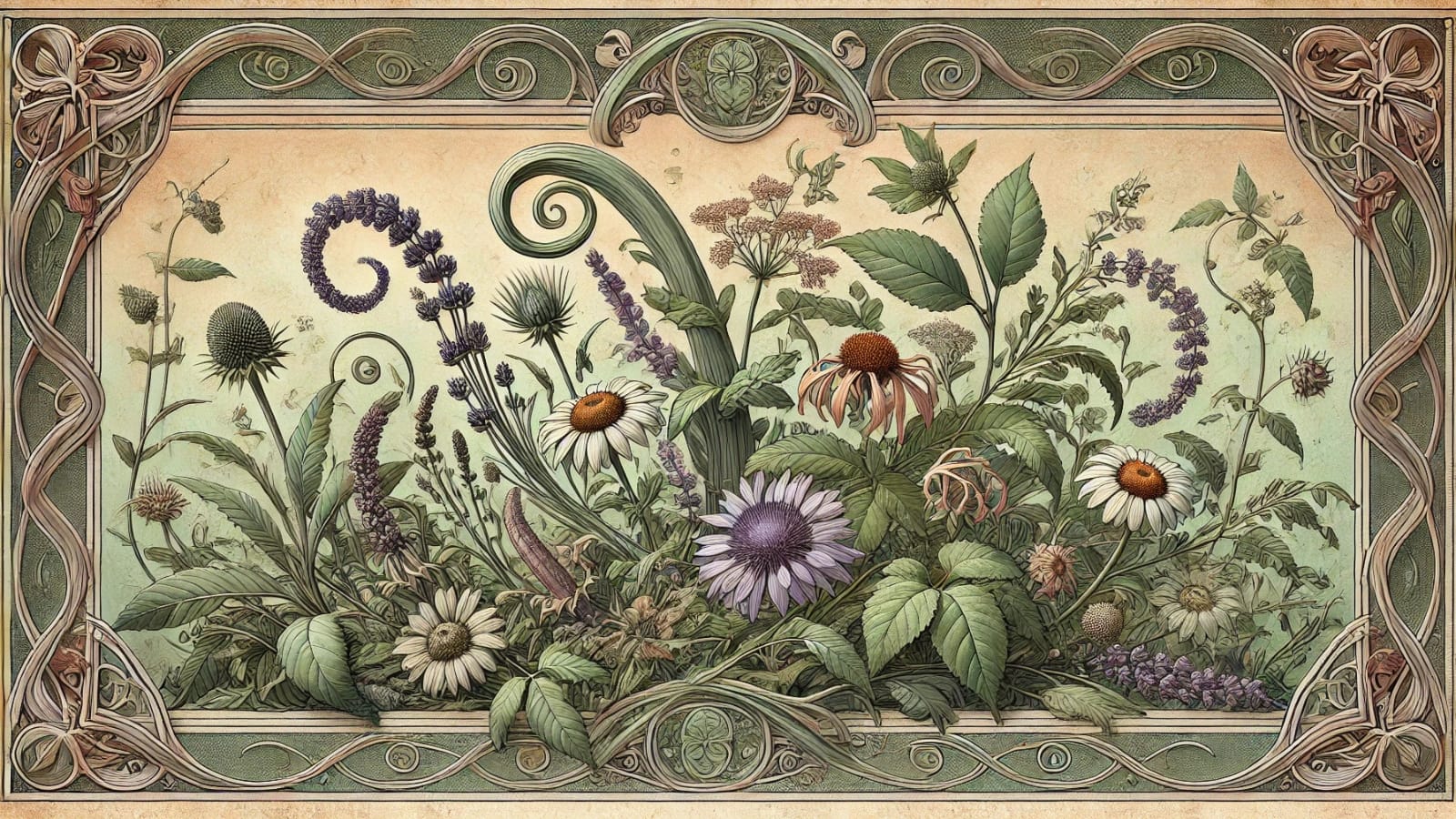
Since ancient times, people have turned to nature to feel closer to the divine.
Some plants, known for their mind-expanding effects, have been used to open the heart, expand the mind, and seek deeper spiritual truths.
But in Islam, a religion that teaches respect for nature and careful living, is there a place for these plants?
Or are they always seen as forbidden?
Let's explore how psychoactive plants like marijuana, mushrooms, and even ayahuasca-like brews have been understood in Islamic history.
We’ll look at how early Muslims approached them, how Islamic law (fiqh) debates their use, and whether they can be seen as tools for spiritual connection - or if they simply lead to harmful intoxication.
Table of Contents
1. The Sacred Roots: Nature As A Sign Of Allah
2. Plants Are Gifts For Benefit And Contemplation
3. Mind-Altering Plants in Early Islamic Societies
4. Where Islam Draws the Line: Spiritual Use vs. Recreational Intoxication
5. Sufi Perspectives: Expansion of Consciousness as Divine Encounter
6. Final Thoughts
The Sacred Roots: Nature As A Sign Of Allah
Islam teaches that every part of creation points back to its Creator.
The Qur’an invites us again and again to look at the skies, the earth, and everything that grows between them as reminders of Allah’s wisdom and care.
The Qur’an’s call to notice the signs:
“We will show them Our signs in the horizons and within themselves…”
(The Quran 41:53)
It is a clear invitation to read the natural world as a living scripture.
Verses like 6:99 speak of rain, seeds, and gardens, while 16:11 reminds us that plants give us food, shade, and beauty.
Each one is presented as a sign (āyah) meant to spark gratitude and reflection.
Plants Are Gifts For Benefit And Contemplation
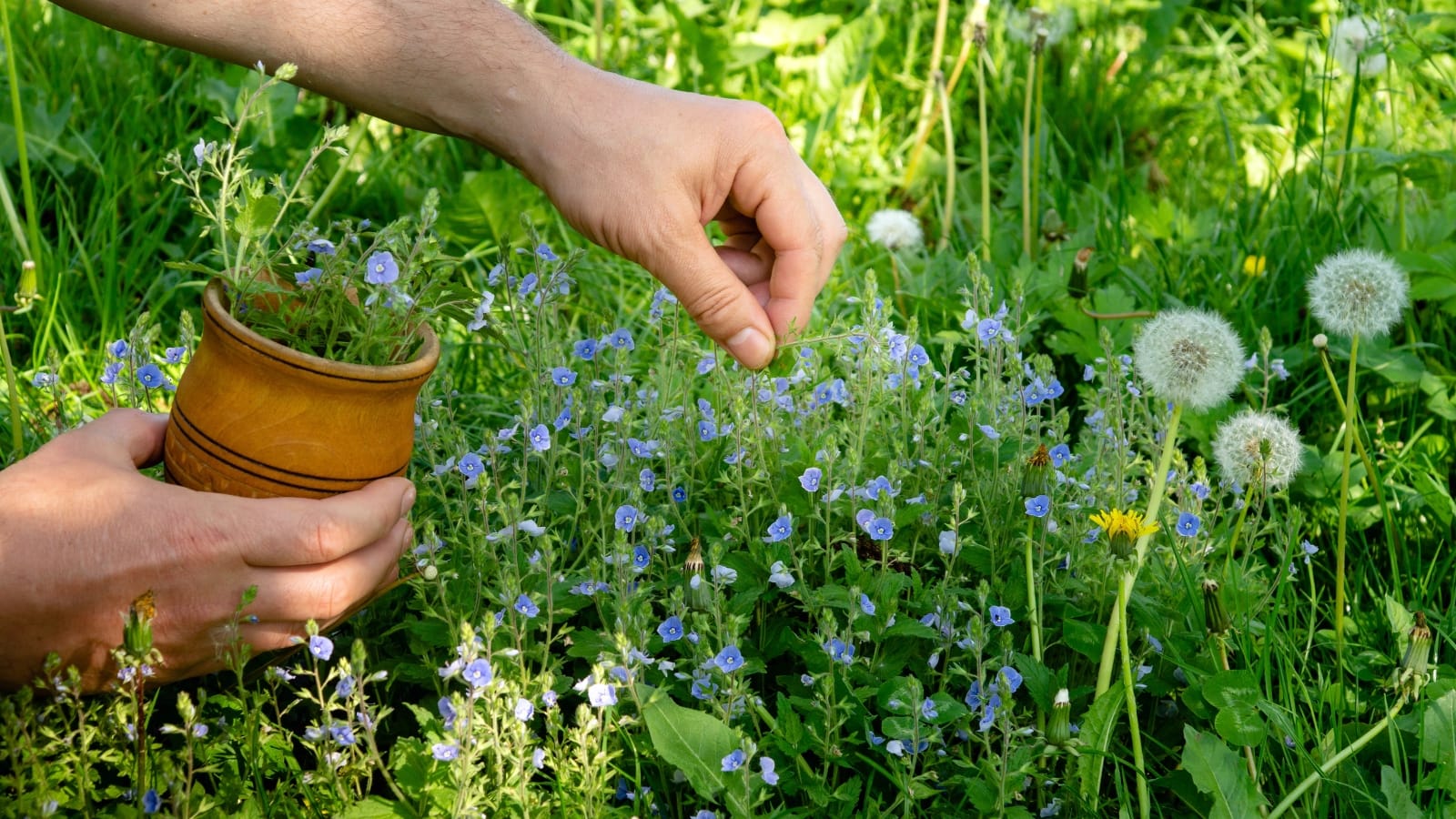
Classical Quranic commentators say every plant serves a double purpose:
it keeps the body alive and keeps the heart awake.
1. Practical Benefit: Food, Healing, Shelter, Fragrance
| Qur’anic example | Everyday meaning | Note from early scholars |
|---|---|---|
| Date-palm and grapevine (Q 16:11) | Staple food and natural sugar | Ibn Kathīr points out that these crops sustained Arabia’s earliest Muslims and financed charity. |
| Olive (Q 24:35) | Cooking oil, skin balm, lamp fuel | Al-Rāzī calls the olive “the most blessed of trees” because one fruit yields nourishment, light, and medicine. |
| Honey produced by bees (Q 16:69) | Antibacterial sweetener | Al-Qurṭubī cites physicians who prescribed honey for wounds and stomach ailments. |
| Wood from trees (Q 36:80) | Fuel and building material | Even timber, says Fakhr al-Dīn al-Rāzī, turns a lifeless house into a warm home. |
| Sweet-smelling plants (Q 55:12) | Perfume and mood-lifting scent | Medieval herbalists catalogued dozens of aromatic herbs (mint, basil, rose) for calming the nerves. |
Early Muslims understood that using plants responsibly is an act of gratitude (shukr). The Prophet ﷺ even promised ongoing reward to the one who plants a tree from which people, birds, or animals eat.
2. Spiritual Reflection: The Plant Life-Cycle Is A Living Sermon
1. From Barren To Blooming
“Look at the earth after its lifelessness; We send down rain and it stirs to life, producing every kind of beautiful growth.”
(The Quran 22:5)
Commentators say this yearly resurrection trains the soul to trust in the final Resurrection.
2. Hidden Roots, Visible Fruits
The Qur’an likens a good word to:
“a good tree… its roots firm and its branches reaching the sky, giving fruit in every season”
(Quran 14:24-25).
Sufi teachers tell disciples: tend the unseen roots of intention; the visible deeds will bloom on their own.
3. Withering & Renewal
“Know that the life of this world is play… like rain that brings growth, then you see it turn yellow and crumble.”
(Quran 57:20)
Al-Ghazālī uses this verse to remind seekers not to cling to temporary “greenery” but to the Gardener Himself.
4. Seed-like Potential of the Heart
Just as a seed breaks open before sprouting, the heart must “crack” through trials so that knowledge of Allah (ma‘rifa) can emerge.
Islamic tradition sees plants as teachers as much as suppliers.
We eat their fruits, heal with their leaves, and build with their trunks; but we also read their life stories as parables of our own journey.
Sprouting from the unseen, flourishing under divine care, fading, and rising again.
This built-in symbolism prepares the ground for later debates about whether certain “mind-opening” plants might deepen that contemplation or distract from it.
3. Early Sufi Reverence For The Green World
Early Sufis took these verses to heart. For them, nature was a classroom for ma‘rifa (direct knowing of God):
- Walking in orchards and tending gardens became acts of remembrance (dhikr).
- Many kept small gardens near their lodges, believing that listening to wind in the leaves or watching a seed sprout could soften the heart faster than long argumentation.
- Some Sufi poets even spoke of “reading” flowers the way one reads sacred text - every petal a letter, every perfume a whispered teaching.
Long before anyone debated specific plant medicines, Islam’s foundational sources encouraged believers to see all plants as signs.
These signs nourish the body and open the door to deeper awareness of Allah.
Read Also:

Mind-Altering Plants in Early Islamic Societies
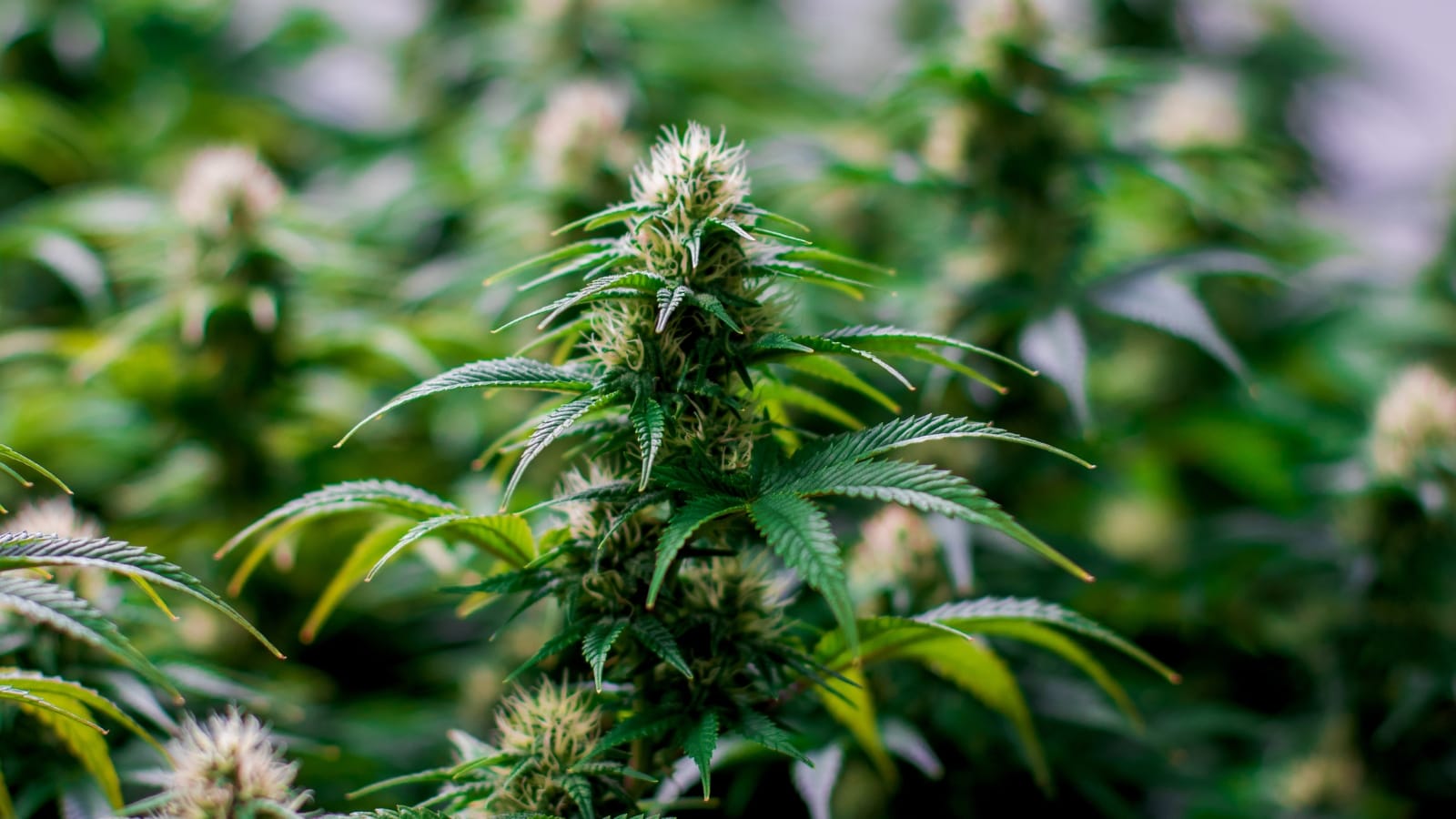
Islamic civilisation inherited the vast botanical knowledge of Persia, Greece, India, and Egypt.
Alongside medicines and perfumes, medieval texts also mention plants that could alter consciousness - especially cannabis resin (hashīsh).
Medieval Evidence of Psychoactive Use
Hashish’s Dual Reputation
Condemned by Jurists:
Ibn Taymiyya (d. 1328) issued a fatwa equating hashish with wine and calling for corporal punishment of users.
Nuanced Opinions:
The Mālikī scholar al-Qarāfī (d. 1285) argued hashish might be "mufsid" (morally corrosive) but not always intoxicating, hinting that dosage and intent matter.
Embraced (quietly) by Some Mystics:
Qalandar wanderers and certain rural Sufi lodges treated a small lump of hashish like coffee, taken before night-long chanting to stay awake and “taste the sweetness of tawḥīd.” Medieval poets called it the green wine that stains no cup.
“Better a bite of the green leaf than a cup that steals the mind.”
says a Persian quatrain.
Beyond Cannabis: Hints of Other Entheogens
Direct evidence for ayahuasca or psilocybin mushrooms inside the Islamic world is slim.
Yet Muslim physicians knew of Syrian rue (Peganum harmala, MAO-inhibiting), henbane, and datura - all capable of producing visions.
Their inclusion in materia medica shows an openness to plants that soften the veil when used carefully.
While Muslims were debating hashish in Cairo, Amazonian shamans were drinking ayahuasca and Mesoamerican healers were eating sacred mushrooms.
These parallel traditions remind us that across cultures, people have reached for certain plants not to escape reality but to pierce it to seek healing, insight, or a glimpse of the divine.
Early Islamic societies did not treat all mind-altering plants the same.
Their status swung between vice, medicine, and mystical aid, depending on who used them, why, and how.
Read Also:

Where Islam Draws The Line: Spiritual Use vs. Recreational Intoxication
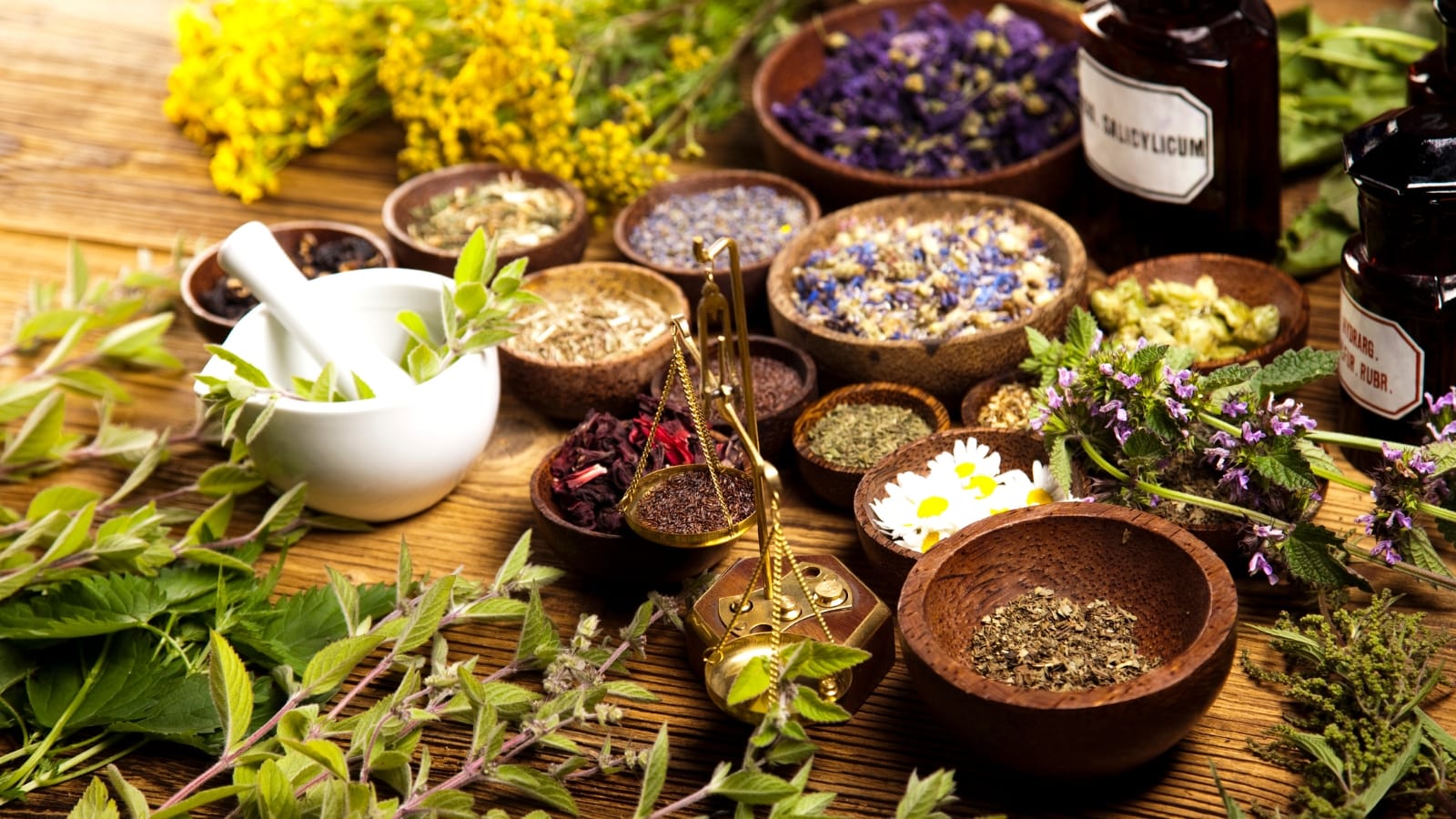
Islamic law (sharīʿah) sets a bright red line around anything that clouds the mind. Protecting the intellect is one of the faith’s core aims, so anything that steals clear thinking is placed under the heading khamr (intoxicant).
The Prophet ﷺ said:
“Every intoxicant is khamr, and every khamr is forbidden.”
That hadith became the starting point for later rulings. Whether a substance is sipped, smoked, or chewed - if it removes self-control or muddles judgment, the default rule is prohibition.
Fiqh Debates
Put simply: If the plant makes you “drunk,” it’s haram. If it does not, scholars argue about its moral impact and the user’s purpose.
Niyyah (Intention)
A famous hadith says, “Actions are only by their intentions.”
- Recreational aim: chasing a high, escaping reality → clearly haram.
- Medicinal or spiritual aim: seeking healing or deeper remembrance of God → requires careful conditions (expert oversight, safe dose, no unlawful side-effects).
Intention alone doesn’t flip haram to halal, but it is part of the juristic checklist.
Darūra (Necessity)
Islamic law carries a safety valve: “Necessities override prohibitions.” Surgeons in the classical period used herbal sedatives (henbane, opium, mandrake) to knock patients out during operations, even though those plants could intoxicate in larger doses.
Modern jurists extend the same logic to painkillers or anaesthetics derived from forbidden substances:
“If no pure alternative exists and genuine need is proven, limited medical use is allowed.”
- Ibn Taymiyyah
Sufi Perspectives: Expansion of Consciousness as Divine Encounter
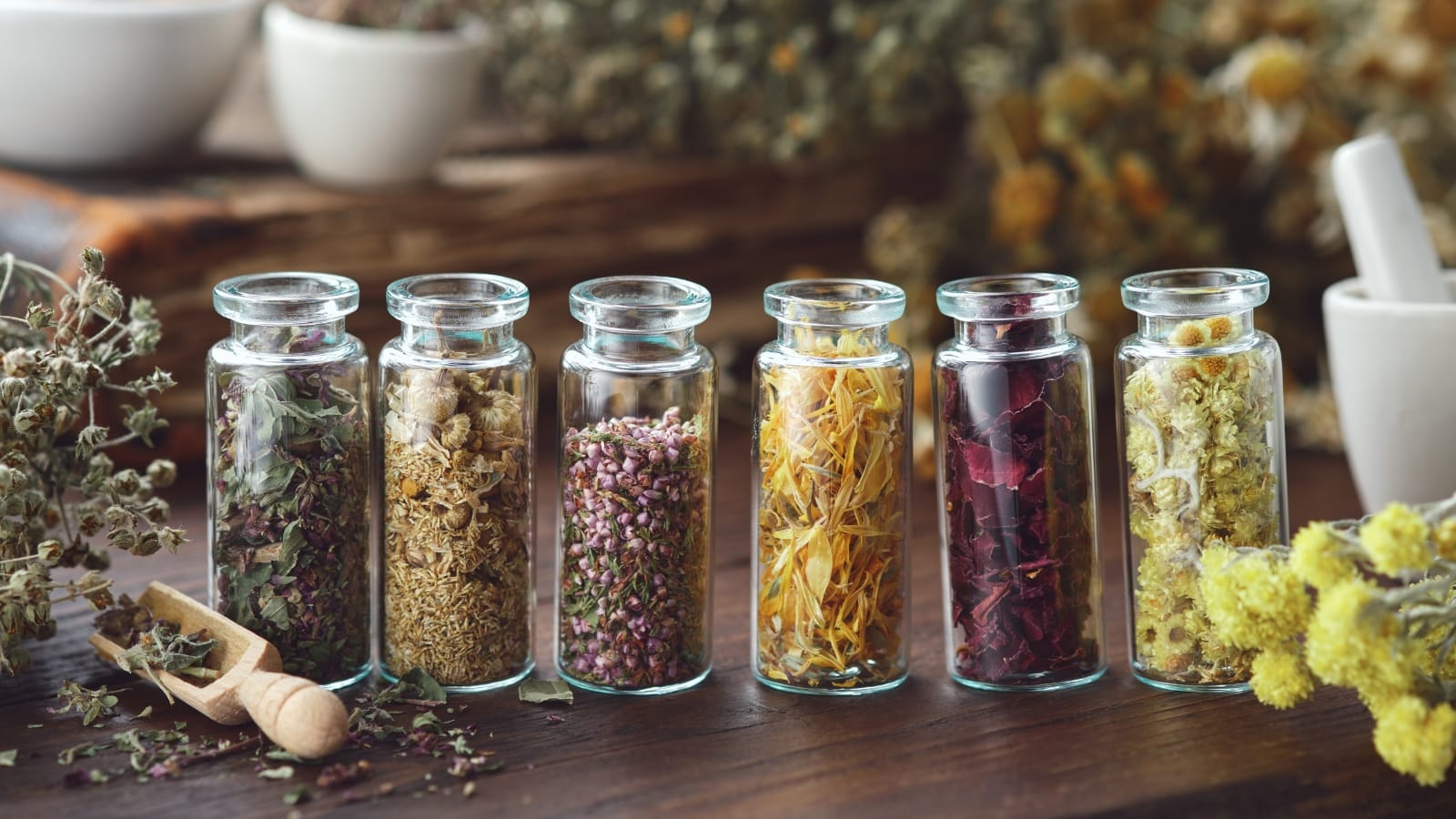
Sufism aims to move the seeker from fana, the melting away of the ego, to baqa, abiding in God’s presence.
Reaching these states has never relied on drugs alone, yet Sufis have always experimented with ways to soften the “veil” between self and the Real.
Sufi manuals list several “technologies of the spirit” that can induce a heightened state:
- Dhikr (rhythmic remembrance of God) and samaʿ (ceremonial listening- whirling) designed to trigger wajd, an ecstatic trance sometimes called khamra rūḥiyya (spiritual drunkenness).
- Fasting, night-vigils, and solitary retreat (khalwa), which thin the body’s needs so the heart feels lighter.
- Natural scents or simple tonics (rosewater, saffron drinks) offered before long chants to lift fatigue. Some lodges quietly added “the green remedy” - a pinch of hashish – for the same purpose.
From the 12th century, wandering Qalandar dervishes became notorious for small lumps of cannabis taken before all-night dhikr.
Admirers said it “loosens the knot of the tongue” so praise flows without self-consciousness; critics replied that divine love needs no crutch and that real intoxication comes from remembrance alone.
Is the “Wine of Love” (Sharab al-Ishq) a Metaphor or More?
Sufi poets from Attar to Rumi speak of a wine that "shatters reason and floods the heart."
Most commentators insist this is a metaphor for the overpowering taste of God’s presence, not a license for drinking or dosing.
Yet the very intensity of that metaphor left room for speculation: if spiritual drunkenness is praiseworthy, might a plant that mimics that state carefully, reverently be acceptable for select adepts?
Fana, Baqa, and Risky Shortcuts
Mystics such as al-Hallaj became famous (and, in his case, executed) for ecstatic utterances like "Enel-Hak" (I am the Truth), explained by later Sufis as speech spoken after ego-collapse, when only the Divine remains.
Sufi teachers therefore warn:
- Real fana is earned, not swallowed.
Over-reliance on substances may mimic the feeling but seldom delivers lasting baqāʾ. - State without station is perilous.
A sudden high can drop just as suddenly, leaving confusion or arrogance. - Intention and guidance matter.
If a plant is ever employed, it must serve disciplined remembrance under a trusted murshid, not casual thrill-seeking.
Sufi literature celebrates a spiritual intoxication that dissolves the self in love of God.
While a fringe of practitioners experimented with cannabis and other herbs, the mainstream view remained that the safest, and most enduring, path to ecstasy is the hard work of dhikr, service, and surrender.
Plant aids, if used at all, were tolerated only when they supported that work, never when they replaced it.
Read Also:
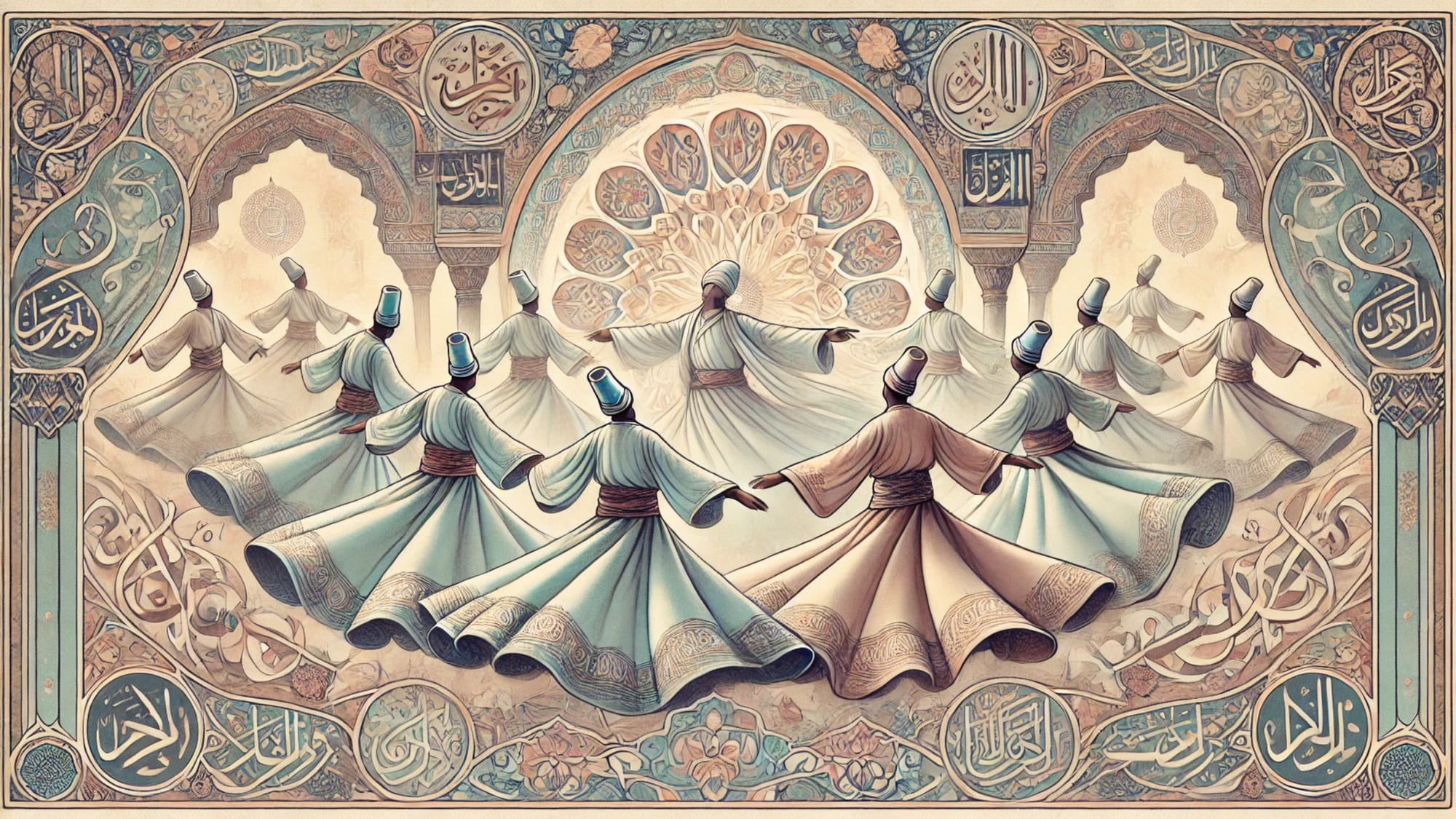
Final Thoughts
Recreational intoxication: always off-limits.
Medicinal or carefully framed spiritual use: only possibly allowed when
- it does not strip away reason,
- intention is sound, and
- no safer lawful option exists.
The debate is not new; medieval scholars already wrestled with the same gray zones. Understanding their arguments helps today’s seekers ask the right questions before treating any plant as a shortcut to the sacred.
References:
- A tale of two interpretations: Wine as symbol and wine as (embodied) metaphor in Sufi poetry. (n.d.). Association for Iranian Studies. https://associationforiranianstudies.org/content/tale-two-interpretations-wine-symbol-and-wine-embodied-metaphor-sufi-poetry
- Islam Question & Answer. (2015, August 17). Does the one who smokes marijuana come under the same ruling as the one who drinks alcohol? https://islamqa.info/en/answers/176545/does-the-one-who-smokes-marijuana-come-under-the-same-ruling-as-the-one-who-drinks-alcohol
- Padela, A. I. (2007). Islamic medical ethics: A primer. Bioethics, 21(3), 169–178. https://doi.org/10.1111/j.1467-8519.2007.00540.x
- Wikipedia contributors. (2025, April 28). Views of Ibn Taymiyya. In Wikipedia, the free encyclopedia. Retrieved April 28, 2025, from https://en.wikipedia.org/wiki/Views_of_Ibn_Taymiyya
- Shehab Aldeen, A. (2024, February 26). Sufism and hallucinogens 1–3: Can “spiritual intoxication” be defined? Medium. https://medium.com/@ahmedshehap2011/sufism-and-hallucinogens-1-3-05e9b662d7a5


